Sir Thomas Sean Connery, one of cinema’s greatest icons, is no more. He breathed his last at his home in Bahamas. He was 90. According to a report by the BBC, the Oscar-winning actor had been unwell for some time and he died overnight in his sleep. The legendary Scottish actor became the first actor to play James Bond on the big screen when he essayed Ian Fleming’s iconic super-sleuth in 1962’s Dr No. He went on to star as 007 in six more films viz. From Russia With Love (1963), Goldfinger (1964), Thunderball (1965), You Live Only Twice (1967), Diamonds Are Forever (1971), and Never Say Never Again (1983), which is not an official part of the James Bond movie franchise. Tall, dark, and handsome, Connery epitomized the persona of a Cold War-era spy who possessed the same feral (read charmingly aggressive) quality that was once associated with a young Kirk Douglas or Burt Lancaster. Why kill with a gun when you can do that with your looks?
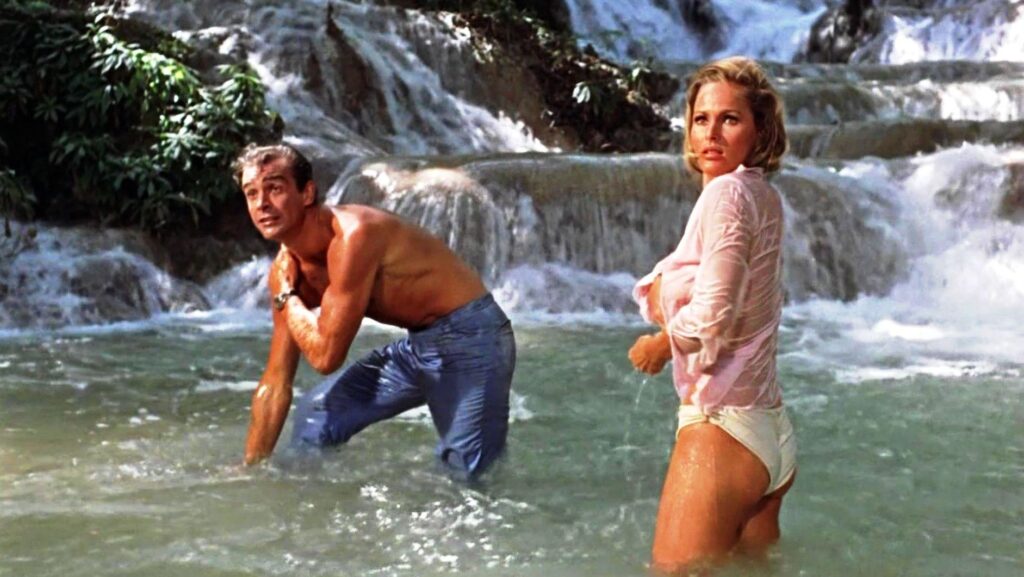
Interestingly, Connery quit the franchise after his fifth outing in You Live Only Twice (1967) in order to focus on his acting career beyond the world of shaken, not stirred Martinis, fast and furious Aston Martins, and bikini-clad Sirens. Subsequently, George Lazenby was drafted to play Fleming’s larger than life character in On Her Majesty’s Secret Service (1969). But, when Lazenby quit abruptly after just one film, the producers were forced to bring back Connery for one more film, Diamonds Are Forever, paying a then-record salary of USD 1.25 million (plus a percentage on the profits) to him. Even though he himself was a school dropout (owing to a poor childhood marred by WWII and Depression), he greatly valued the importance of education. After the completion of the film, Connery donated all his salary to the Scottish International Education Trust, an organization he had founded to assist young Scots in obtaining an education. During his adolescent years, Connery took all kinds of menial jobs to support his family such as delivering milk, mixing cement, bending steel, etc.
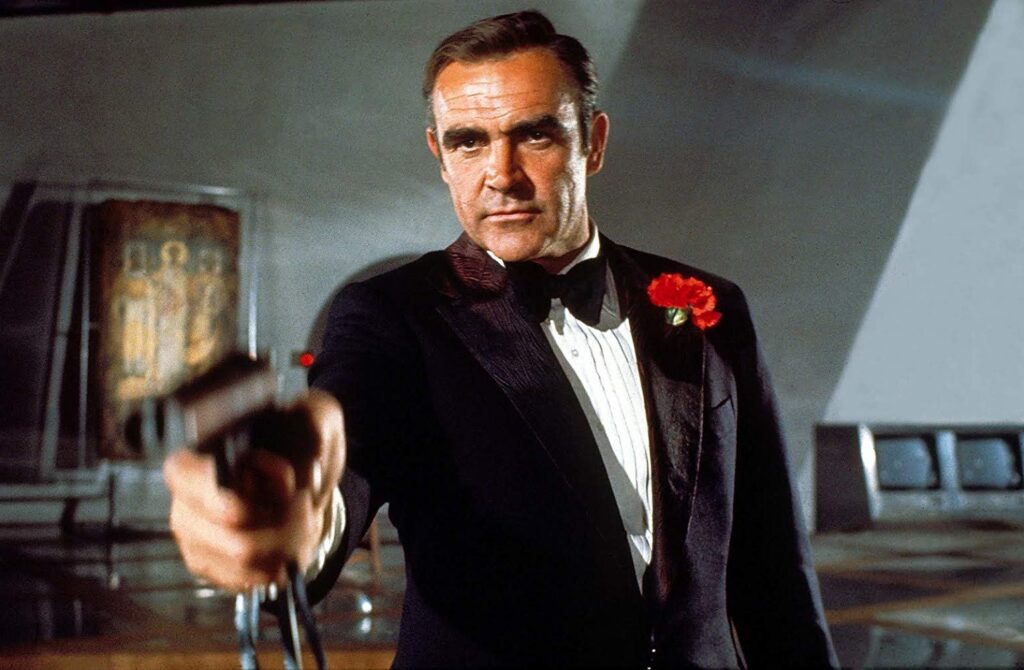
In the year 1946, at the age of 16, Connery joined the Royal Navy during which he got two tattoos made as the U.S. Navy has a long tradition of tattoos. While one of the tattoos is a tribute to his parents and it reads “Mum and Dad,” the other is reminder of his lifelong commitment to his motherland that reads “Scotland Forever”. Connery received a medical discharge in 1949 after he came down with a case of stomach ulcers. He subsequently tried his hands at a lot of things which included working as a lorry driver, lifeguard at swimming pools, labourer, and an artist’s model. There was brief period when Connery was seriously interested in becoming a professional footballer but he decided in favor of pursuing a career in acting. That’s when he got associated with theatre. In 1957, he got his first official film role in Montgomery Tully’s No Road Back. Although, his first screen appearance (uncredited) had come a few years earlier in the 1954 film Lilacs in the Spring. After doing some television and a bunch of B movies, Connery was finally called in to interview for Dr. No and the rest, as they say, is history.
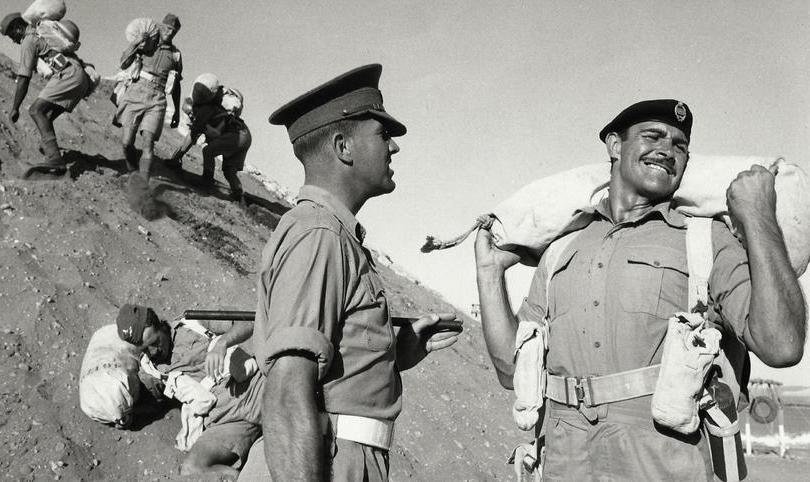
Although, the James Bond films catapulted Connery to universal fame, he was smart enough to understand the importance of growth as an actor. Perhaps, that’s why he is the only James Bond actor who has a formidable career outside the 007 films also. There is so much more to explore in his rich body of work outside the Bond films. Not to mention the fact that several polls conducted across the globe at different points in time have rated him as the best James Bond of all time. Speaking of his work outside the 007 franchise, the films that first come to mind are Marnie (1964), The Hill (1965), The Anderson Tapes (1971), The Offence (1973), Murder on the Orient Express (1974), The Wind and the Lion (1975), The Man Who Would Be King (1975), A Bridge Too Far (1977), The First Great Train Robbery (1978), The Name of the Rose (1986), The Untouchables (1987), Indiana Jones and the Last Crusade (1989). The Russia House (1990), The Hunt for Red October (1990), Rising Sun (1993), The Rock (1996), Entrapment (1999), Finding Forrester (2000), and The League of Extraordinary Gentlemen (2003), among others.
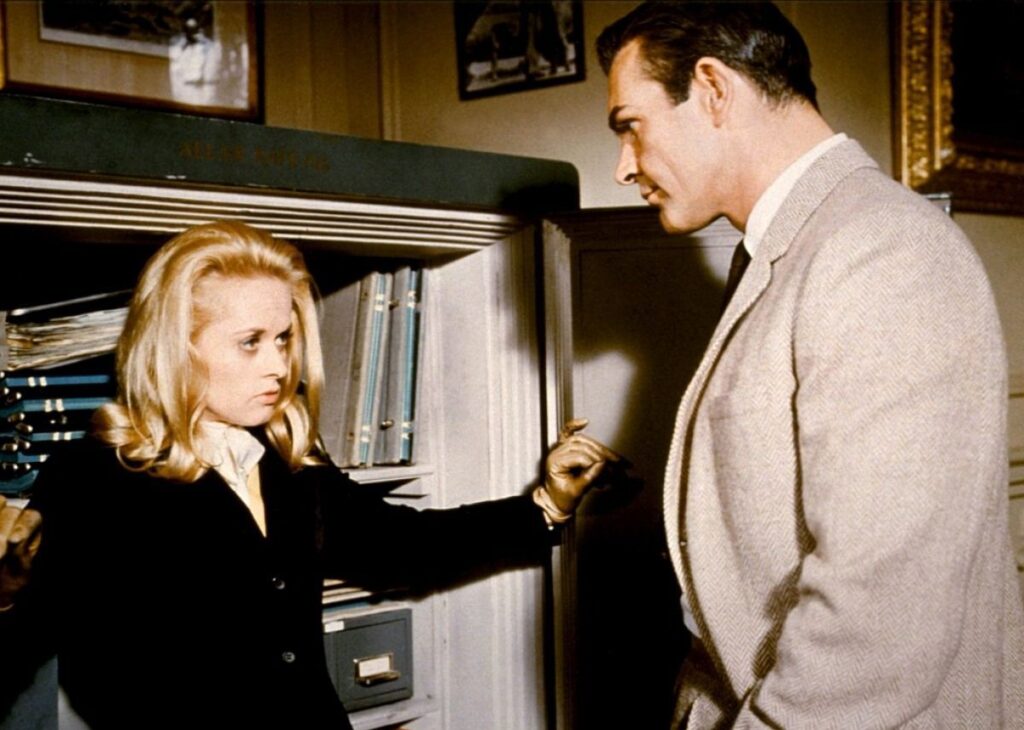
After taking a break from the James Bond films, Connery took up more dramatic roles which allowed him to greatly expand his acting range. But even while he was doing the 007 films he was keen enough to take up challenging roles. For example, he plays a very complex character in Alfred Hitchcock’s Marnie. That of a wealthy widower who catches a woman employee red-handed while stealing his company’s money. He blackmails her into marrying him and subsequently rapes her on their honeymoon cruise. How many actors of Connery’s stature would have agreed to play such a character in the early 1960s? In Sidney Lumet’s The Hill he plays a convicted soldier in a military prison who serves a challenge to the prison authority. The Offence, also directed by Lumet, is another complex film with Connery arguably playing the most challenging and angriest character of his illustrious acting career. That of a police detective who kills a suspected child molester while interrogating him. In The Name of the Rose, he plays a Franciscan friar who is called upon to solve a deadly mystery in a medieval abbey. In order to uphold justice, he must put himself on the line and face the dreaded inquisitor Bernardo Gui.
In The Untouchables, Connery plays a gritty Irish-American officer who agrees to assist a federal agent hell-bent on stopping the ruthless Chicago gangster Al Capone. Connery won his only Oscar for the part. In the third part of the Indiana Jones series, Indiana Jones and the Last Crusade, Connery essays the part of Jones’ father, a professor of Medieval literature, who has spent a lifetime looking for the Holy Grail. It’s easily one of Connery’s most popular roles outside the James Bond movie franchise. The Russia House, a spy film set in erstwhile Soviet Union, is another of those beautiful films that remain terribly underrated in Connery’s filmography. It’s a film that deserves to be revisited with a fresh perspective. The chemistry that Connery and Michelle Pfeiffer share is so tender and rare to watch.
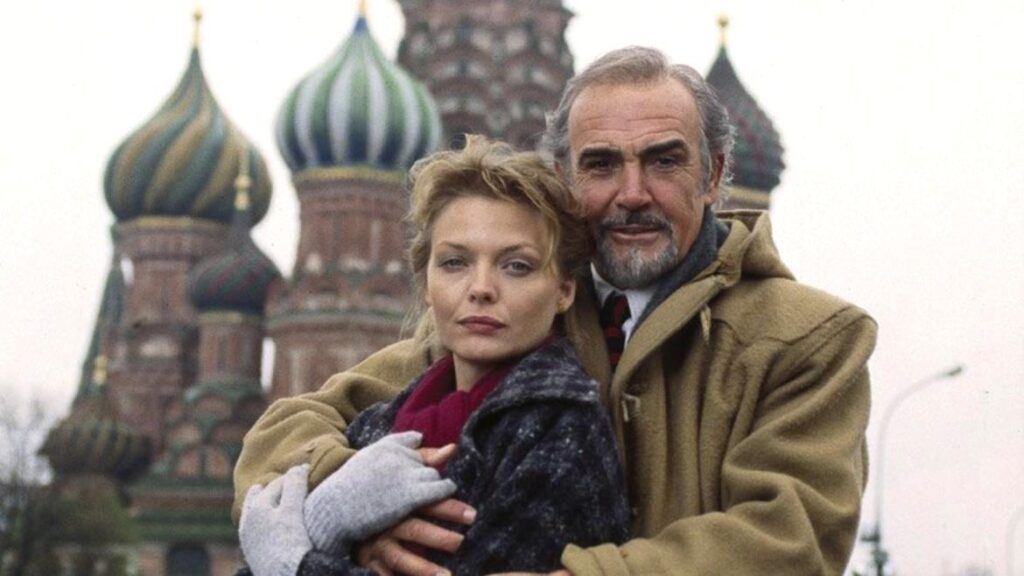
The Hunt for Red October, of course, is a submarine classic. It marked the beginning of another interesting phase in Connery’s career wherein he did a series of action oriented films such as Rising Sun, First Knight, The Rock, Entrapment, and The League of Extraordinary Gentlemen, his final screen appearance before retirement wherein he essays the part of the legendary adventurer and hunter Allan Quatermain. These films further boosted Connery’s suave and macho screen persona, which is perhaps best demonstrated in Entrapment, wherein he plays an aging art thief who falls in love with a young woman, essayed by Catherine Zeta-Jones. While Connery was 68, Zeta-Jones was only 29 at the time of film’s release.
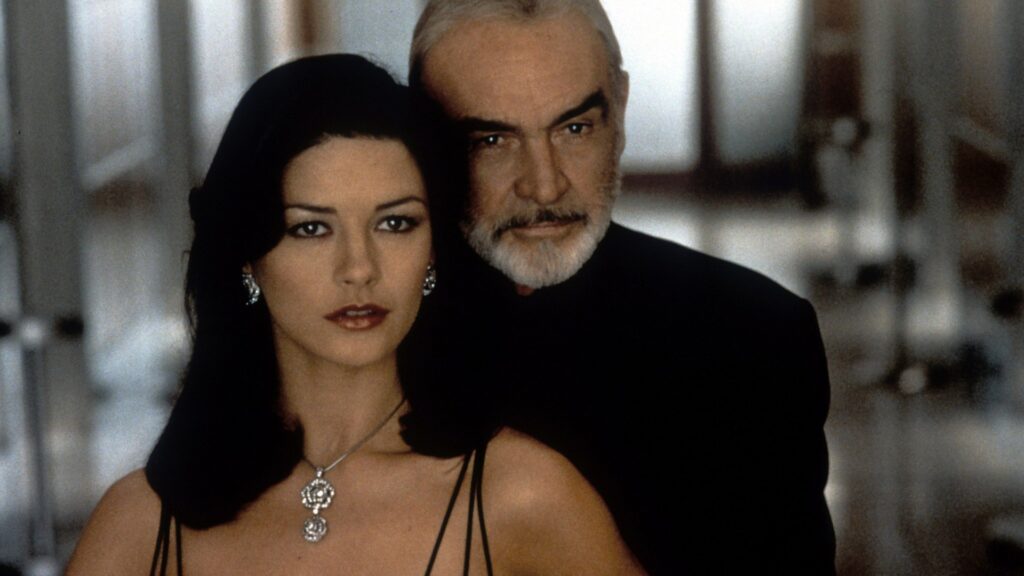
Connery didn’t just act in films. He also produced films. Also, it’s important to understand that many of the non-mainstream projects that Connery did during his career could be bankrolled mainly because of Connery’s popularity. Other than the Academy Award for The Untouchables, Connery also won two BAFTA Awards (one being a BAFTA Academy Fellowship Award), and three Golden Globes, including the Cecil B. DeMille Award and a Henrietta Award. Connery was voted by People magazine as the “Sexiest Man Alive” in 1989 and the “Sexiest Man of the Century” in 1999. He received a lifetime achievement award in the US with a Kennedy Center Honor in 1999. He was knighted Connery was knighted by Elizabeth II at an investiture ceremony at Holyrood Palace in Edinburgh for services to film drama. Connery’s screen presence, baritone voice and trademark Scottish accent are inimitable. He isn’t just a movie icon, for his fame is ubiquitous and eternal. Just like diamonds are forever, Connery’s greatness and legacy will continue to live forever.

